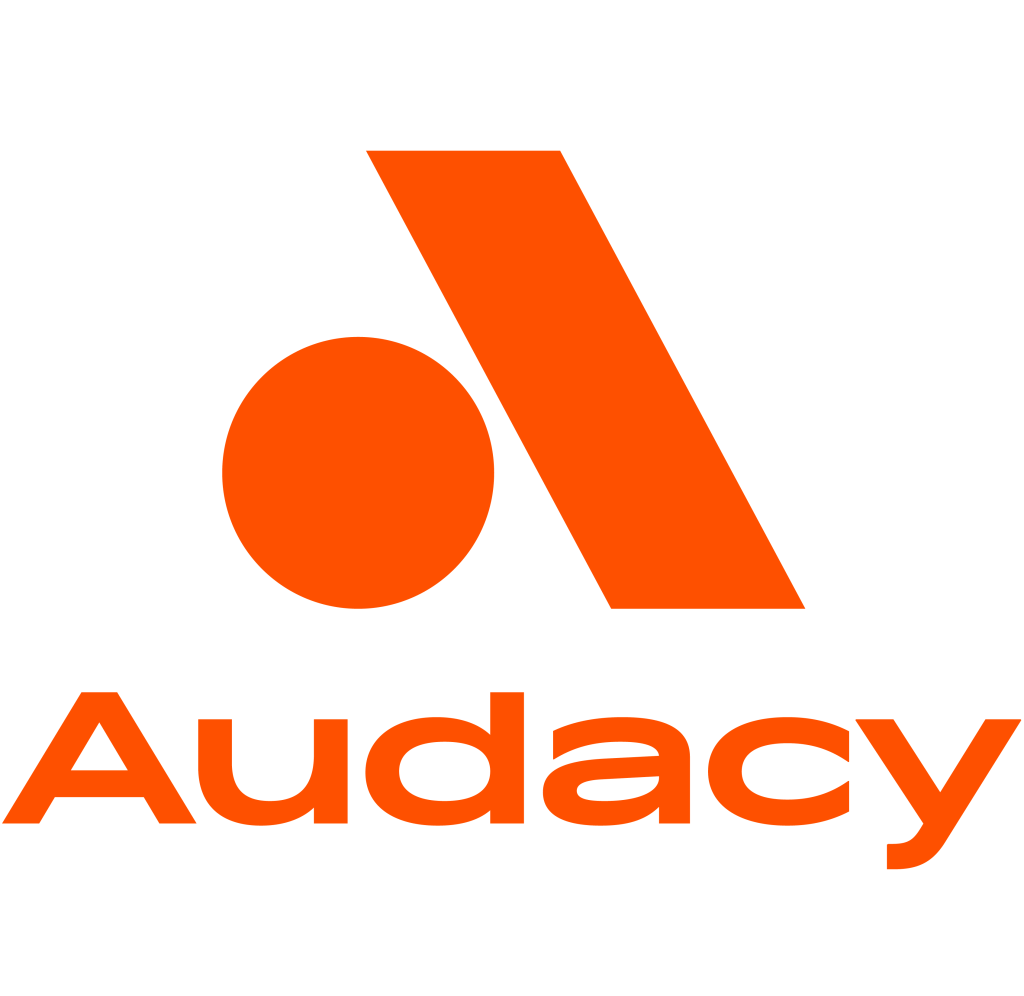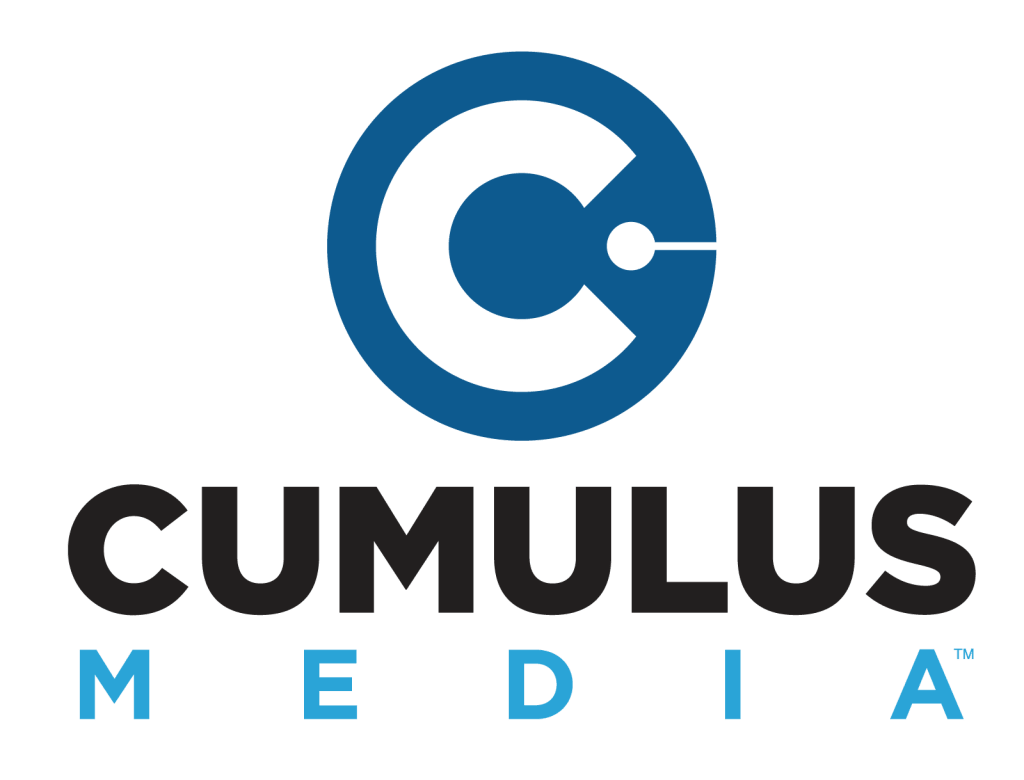
Case study
Reaching voters with radio
In a crowded market for political ads, radio offers an advantage




Introduction
Understand the reach of radio with U.S. voters
During election years in the U.S., political campaigns invest significant dollars in advertising across media platforms. To better understand how radio can help campaigns reach more voters, three leading audio-first media companies, iHeart, Audacy and Cumulus, commissioned a study on optimizing multimedia campaigns. As part of the study, we looked at the competitive 2022 Pennsylvania Senate race between Dr. Mehmet Oz and John Fetterman.


Objective
Identify incremental reach opportunities
Despite heavy spending on TV in Philadelphia and Pittsburgh, the Fetterman campaign relied on 13 weeks of radio to supplement the video message ahead of winning the race. By studying this campaign, we sought to understand how radio can help candidates reach more voters in a fragmented media landscape.
Challenge
Reach more of the voting public in the face of media fragmentation
John Fetterman’s 2022 senate campaign wanted to reach more voters without increasing its media budget. While linear TV ads have long been a cornerstone for political campaigns—and continue to be important—audience reach has splintered as more channels have emerged, and the Fetterman campaign needed to know where voters were.


Solution
Use Nielsen Media Impact data to reveal the most effective media mix
By using Nielsen Media Impact, we were able to predict how the campaign team could best reach their target voters based on different budget allocation scenarios. The Fetterman campaign was able to fill a 12% gap of voters they could no longer reach through linear TV by shifting 20% of their political spend to AM/FM radio.


Key findings
12%
Radio increased reach without impacting budget
By allocating one-fifth of the ad budget to AM/FM radio, the campaign was able to deliver a 12% bump in audience reach without increasing spend.
29%
Radio delivers the most incremental reach for light TV viewers
Radio added 29% more incremental reach among TV viewers who watch less than two hours a day–more than connected TV (CTV)1 or social.
23%
Radio reaches more unaffiliated viewers
Adding radio to the campaign media mix resulted in a 23% lift in reaching “swing voters.”2
Notes:
1CTV refers to any television that is connected to the internet. The most common use of the internet connection is to stream video content.
2Swing voters refers to voters who have not voted consistently with one party in the past or they were still making up their minds ahead of the November election.

Results
Diversifying political ad spend with radio paid off
Based on Nielsen’s Local Media Impact data, the 2022 John Fetterman campaign saw a 10% lift from radio above the local TV campaign, which amounted to 676,000 additional voters secured at no additional cost. Fetterman won the election by less than 300,000 votes—underscoring the importance of fully optimizing your media mix.


Conclusion
Radio is an effective channel for scaling reach
To reach your audience, you first have to know where they are. By merging voting behavior and viewership data, Nielsen was able to determine that radio is an impactful and cost-effective addition to the marketing mixes of political campaigns. Explore more insights into how radio performs for political campaigns.

Want to talk with our team of experts?


